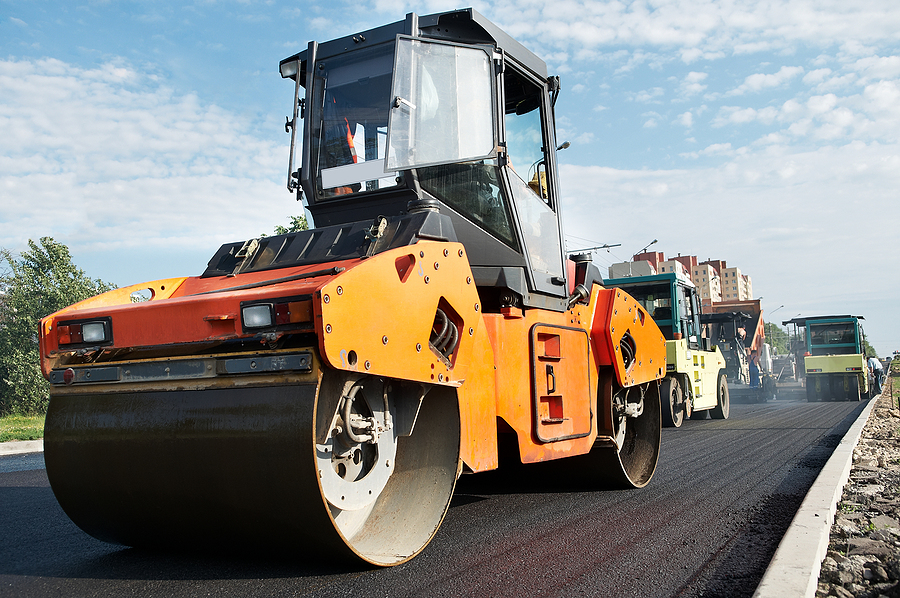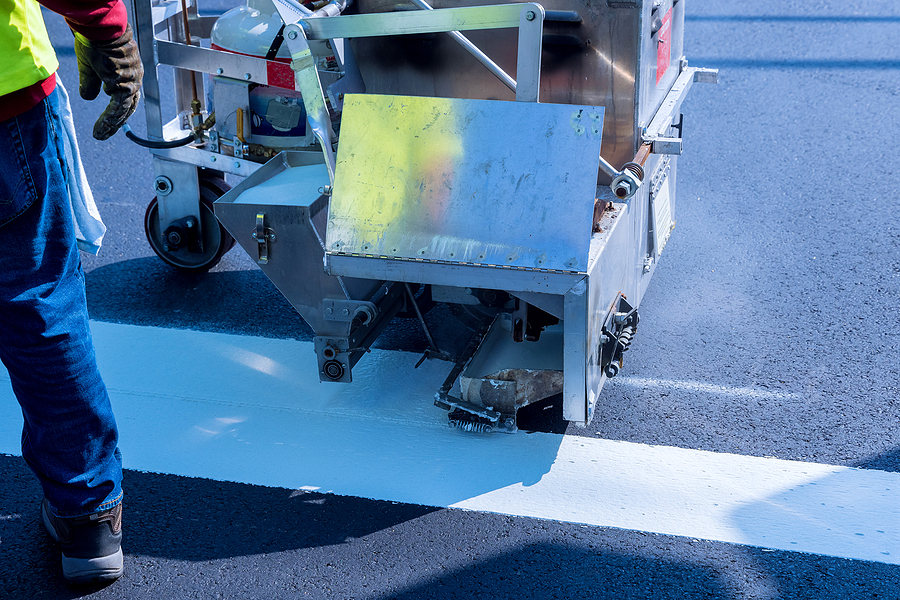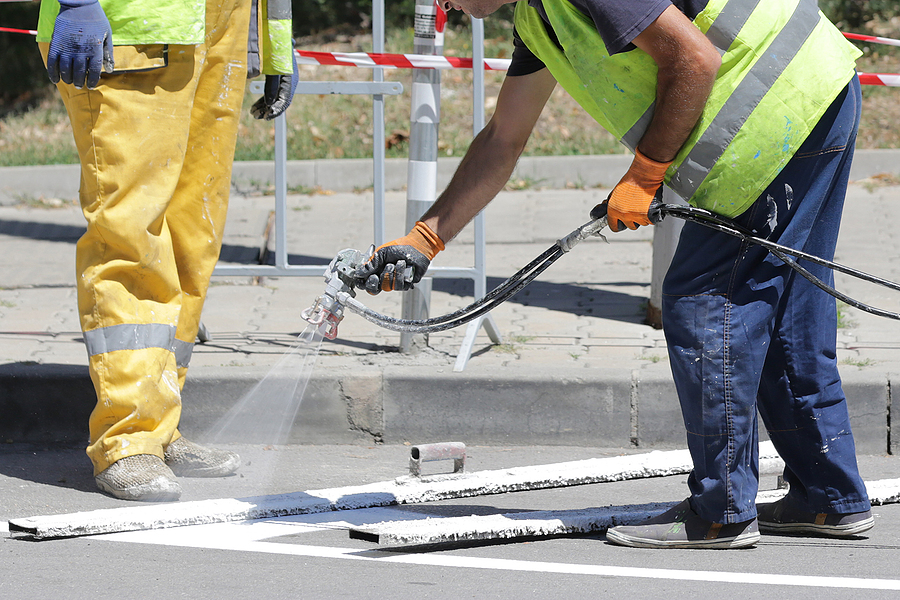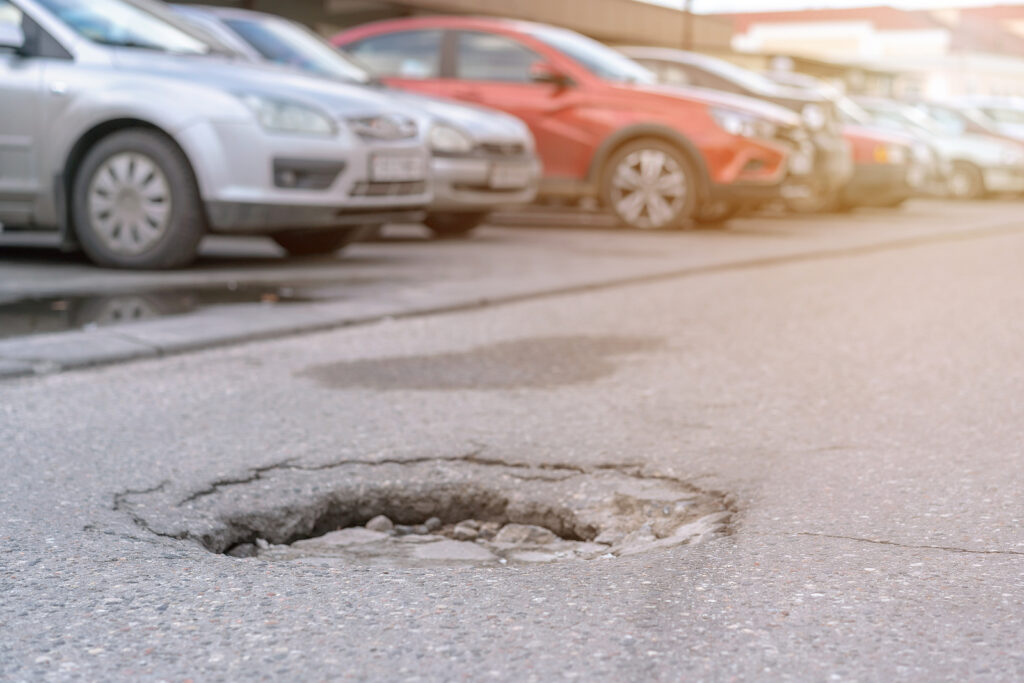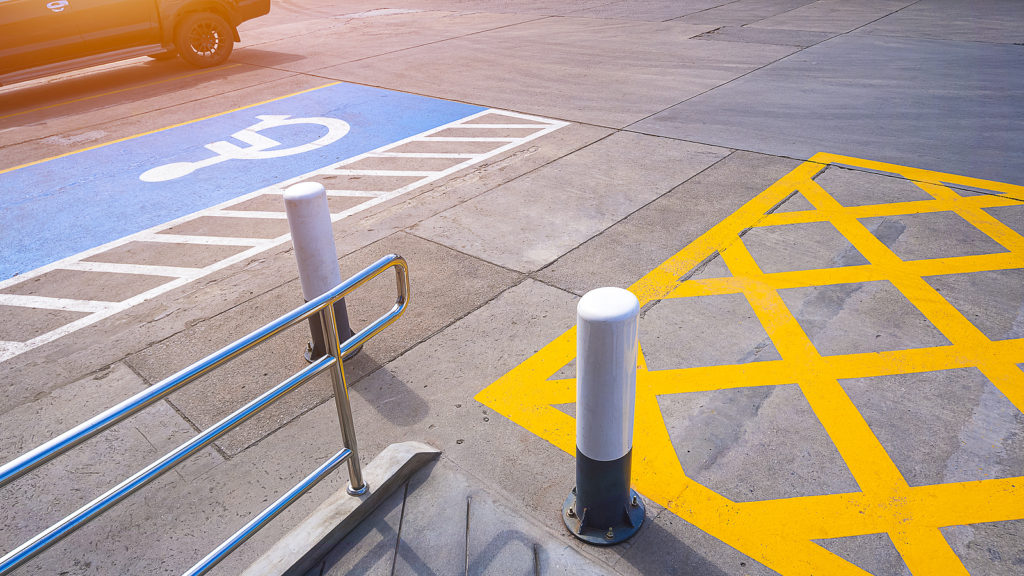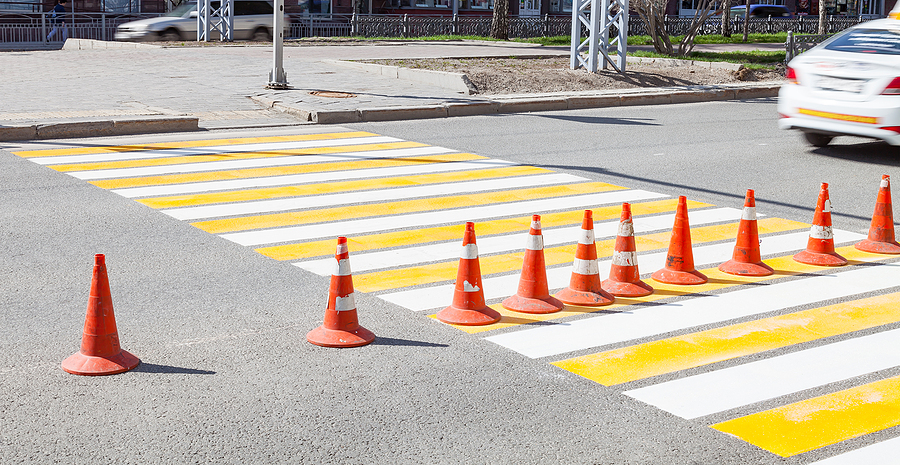Running a commercial property means juggling numerous responsibilities, but few are as crucial as ensuring your parking lot serves all customers equally. Handicap parking spaces aren’t just a legal requirement—they’re a gateway to inclusivity that can significantly impact your business’s success and reputation.
For property owners and managers across Indiana, understanding the specific requirements for accessible parking can feel overwhelming. Between federal ADA guidelines, state regulations, and local ordinances, the compliance landscape requires careful navigation. However, getting it right protects your business from costly penalties while demonstrating your commitment to serving the entire community.
This comprehensive guide will walk you through Indiana’s specific requirements for handicap parking spaces, helping you create a parking lot that meets all compliance standards while fostering an inclusive environment for every visitor.
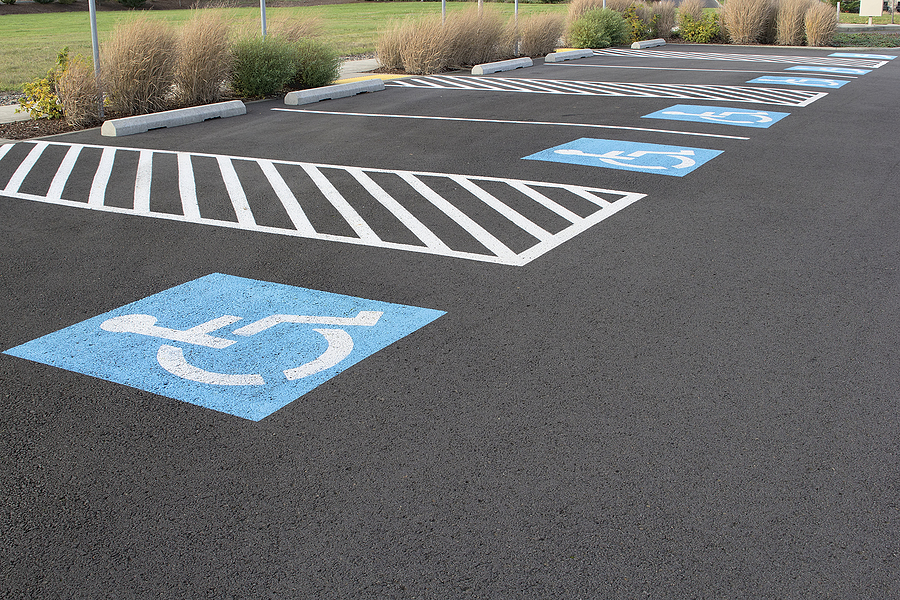
Understanding Indiana’s Handicap Parking Regulations
Indiana Code 5-16-9
Indiana takes accessible parking seriously, with specific state laws that work alongside federal requirements to ensure comprehensive coverage. The foundation of these regulations lies in Indiana Code 5-16-9, which establishes clear requirements for the number, location, and size of accessible parking spaces in commercial lots.
Under Indiana law, commercial properties must provide accessible parking spaces based on the total number of parking spots available. For lots with 1 to 25 spaces, one accessible space is required. This requirement increases proportionally—lots with 26 to 50 spaces need two accessible spaces, while facilities with 51 to 75 spaces must provide three accessible parking spots.
Indiana Administrative Code 410 IAC 6-2
The Indiana Administrative Code 410 IAC 6-2 goes deeper into design specifications, outlining precise measurements for accessible parking spaces and access aisles. These standards ensure that individuals using wheelchairs, mobility devices, or other assistive equipment have adequate space to safely enter and exit their vehicles.
Indiana Department of Homeland Security
Additionally, the Indiana Department of Homeland Security actively enforces accessibility standards in public accommodations, conducting inspections and investigating complaints. Local jurisdictions may impose additional requirements, making it essential to check with your city or county for any supplementary regulations that might apply to your specific location.
Meeting Federal ADA Compliance Standards
National Standards for Accessible Parking Spaces
While Indiana state laws provide the framework, federal ADA compliance parking requirements establish the minimum national standards that all commercial properties must meet. The Americans with Disabilities Act requires that accessible parking spaces be located on the shortest accessible route to the building entrance, with surfaces that are stable, firm, and slip-resistant.
Dimensions for Accessible and Van-Accessible Parking Spaces
Standard accessible parking spaces must be at least 16 feet wide, including an 8-foot parking area and an 8-foot access aisle. Van-accessible spaces require even more room—20 feet total width with an 8-foot access aisle. For every six accessible spaces, at least one must be van-accessible, ensuring that larger mobility vehicles can be accommodated.
Slope Requirements for Parking Lot Compliance
The slope requirements are equally important for parking lot compliance. Accessible parking spaces and access aisles must have a maximum slope of 1:50 (2%) in all directions. This specification prevents mobility devices from rolling unexpectedly and ensures safe navigation for individuals with disabilities.
Accessible Routes and Pathway Standards
Access aisles must connect to accessible routes leading to the building entrance, and these pathways cannot have steps or abrupt level changes exceeding ½ inch. When changes in level are necessary, they must be beveled with a slope no greater than 1:2.
Request ADA Parking Lot Paving in Indiana
Proper Signage and Pavement Markings
International Symbols of Accessibility
Effective parking lot painting and signage serve as the visible indicators of your commitment to accessibility. Each accessible parking space must be marked with the International Symbol of Accessibility, displayed prominently both on vertical signs and painted on the pavement surface.
Vertical Signs
Vertical signs must be mounted at least 60 inches above the ground and positioned so they cannot be obscured by parked vehicles. The signs should include the International Symbol of Accessibility and, where applicable, additional text indicating “Van Accessible” for designated van spaces.
Pavement Markings
Pavement markings require equal attention to detail. The International Symbol of Accessibility should be painted in each accessible parking space, preferably in blue paint on white background or white paint on blue background for maximum visibility. These markings must be maintained regularly to ensure they remain clearly visible under all weather conditions.
Van Accessible Spaces
For van-accessible spaces, additional “Van Accessible” signage is mandatory, both on vertical signs and painted on the pavement. Access aisles should be marked with diagonal stripes and include “No Parking” text to prevent unauthorized use of these critical areas.
Enforcement and Penalties for Non-Compliance
Indiana takes handicap parking violations seriously, with penalties that can significantly impact your business’s bottom line and reputation. Non-compliance can result in substantial fines that vary depending on the specific violation and local jurisdiction, making prevention far more cost-effective than correction after the fact.
Beyond immediate fines, property owners face the risk of lawsuits from individuals with disabilities who encounter barriers when trying to access their businesses. These legal challenges can result in significant financial settlements and mandatory facility modifications, often costing far more than proactive compliance measures.
Courts may issue injunctive relief orders, requiring immediate modifications to achieve compliance regardless of cost or inconvenience. More severe consequences include the potential loss of occupancy permits or business licenses for repeated violations, effectively shutting down operations until compliance is achieved.
The financial impact extends beyond direct penalties. Legal fees for defending against compliance claims can be substantial, and the reputational damage from accessibility violations can hurt customer relationships and business growth. State or local authorities may also issue corrective action orders requiring immediate remediation, often with tight deadlines that increase implementation costs.
Best Practices for Maintaining Compliant Parking Spaces
Schedule Regular Inspections
Successful parking lot compliance requires ongoing attention and systematic maintenance. Regular inspections should be scheduled to ensure signage remains visible and properly positioned, while pavement markings stay clear and well-defined. Weather, vehicle traffic, and time can all impact the visibility of these crucial indicators.
Repair Damage Promptly
Prompt repair of any damage to parking surfaces, signs, or access aisles prevents small issues from becoming major compliance problems. Cracks, fading paint, or damaged signs should be addressed immediately to maintain accessibility standards and avoid potential violations.
Ensure Adequate Lighting
Adequate lighting plays a crucial role in accessible parking safety. Ensure that handicap parking spaces are well-lit during all hours of operation, providing clear visibility for individuals with varying mobility needs. This lighting should illuminate both the parking spaces and the accessible routes to building entrances.
Enforce Handicap Space Usage
Implementing an enforcement system prevents unauthorized use of handicap spaces, ensuring they remain available for individuals who need them. This might include employee training on proper procedures for addressing violations or partnering with local authorities for regular monitoring.
Train Staff on Accessibility Requirements
Staff training on accessibility requirements creates a culture of inclusion and helps ensure compliance across all aspects of your operation. Employees should understand not only the legal requirements but also proper procedures for assisting individuals with disabilities when needed.
Conclusion
Achieving handicap parking compliance represents more than meeting legal requirements—it demonstrates your commitment to serving all members of your community. When you invest in proper accessible parking spaces, you’re opening your business to customers who might otherwise be unable to visit, potentially expanding your customer base while doing the right thing.
The process doesn’t have to be overwhelming. Start by conducting a thorough assessment of your current parking lot against Indiana’s requirements and ADA standards. Partner with qualified contractors experienced in ADA compliance parking to ensure your modifications meet all necessary specifications.
Remember that accessibility standards evolve, so staying informed about changes to regulations helps you maintain compliance over time. Regular consultation with accessibility experts can help you anticipate and prepare for any updates to requirements.
Ready to ensure your commercial parking lot meets all Indiana requirements for handicap parking spaces? Contact ACI Asphalt and Concrete to request a parking lot consultation in Indianapolis. We will evaluate your current compliance status and develop a plan for creating an accessible, welcoming environment for all your customers.
Related Post: When to Re-Stripe Your Parking Lot




